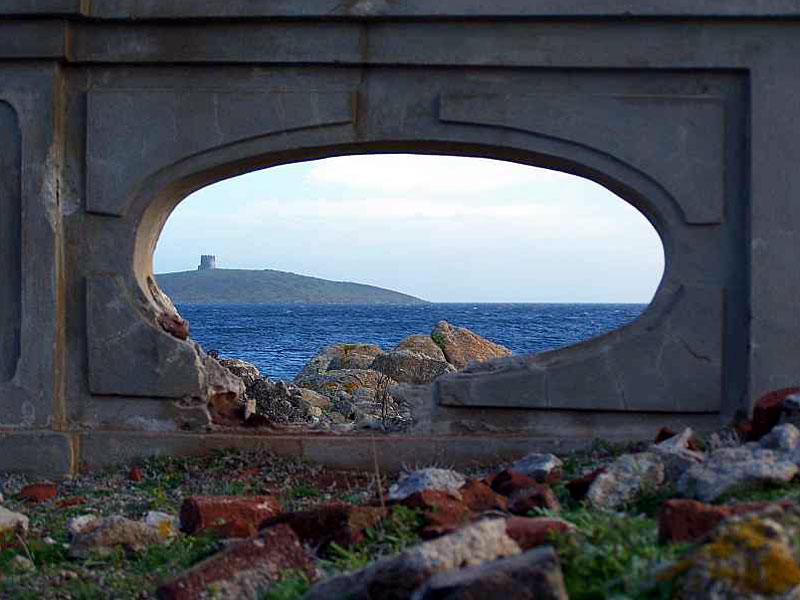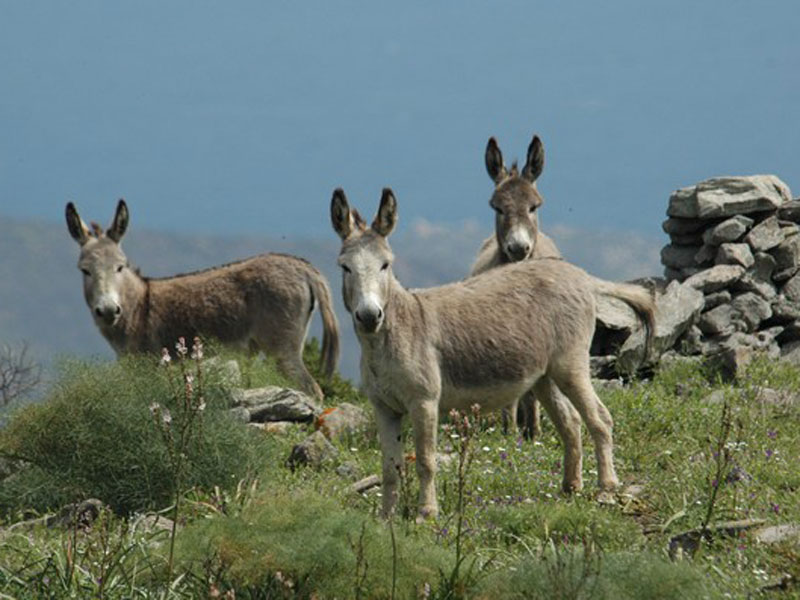Points of Interest
Fornelli
The area of Fornelli can be reached from the cement road or from the sea at the wharf sharing its name. After the Welcome Center there is the former top security prison, a white building of 8,000 mq and 5 metres high. The original structure dates back to the end of 19th century and was modified several times. However, it is clear that the cells were situated along the long passages. The gardens in front of the main entrance are particularly interesting. They were created in the years 1980 and 1981 by prisoners and are enriched with flowerbeds in the shape of stars, birds and anchors.
La Reale
This area of the Asinara was an important "lazzaretto" which put up the crews of the ships affected from contagious diseases. It was also used by the Savoia family during their stays on the island.
The urbanistic scheme of this complex is immediately clear: the wharf is in line with the flight of steps, the gardens and the entrance to "Palazzo Reale", which houses the Park Head Offices and the offices of the Ministry of the Environment. The last sectors of the gardens are made up of buildings used for the cantine and for the Public Security.
Cala d'Oliva
Coming from Trabuccato both from the sea and the land, Cala d'Oliva
seems to be like a small coastal village characterized by the white
colour of ts buildings. The old part of the village is made up of small
buildings with one or two floors while in the higher sector there are
bigger buildings, such as: casa del Direttore, uffici della Direzione
(rose-coloured), the ex Caserma Agenti, which has become the
guest-house of the Park, the workshop, the joinery, the Bunker, the
slaughterhouse, the dairy and the building of ex Diramazione Centrale,
which has become the Center of Environmental Education.
These
buildings are separated from some narrow roads. On the sides of the
central street there are two rows of buildings which lead to a little
square with a church.








